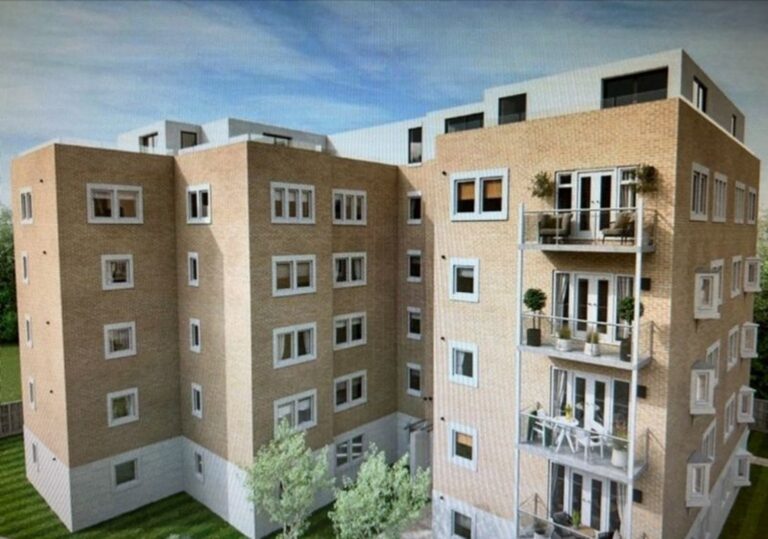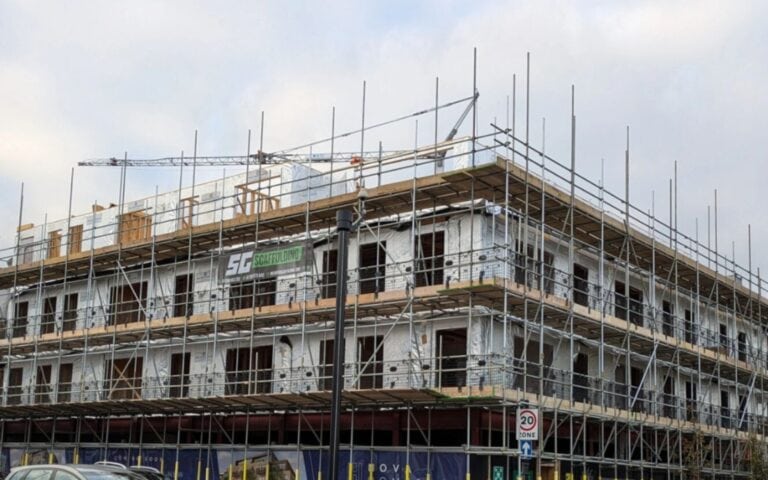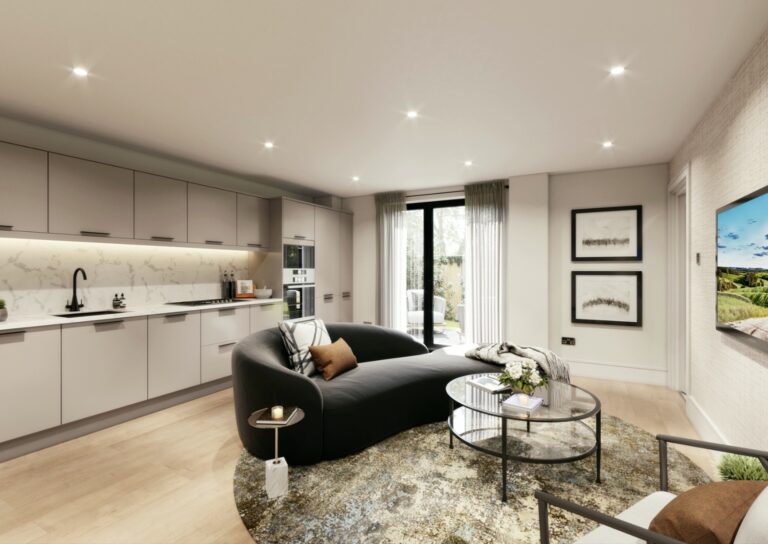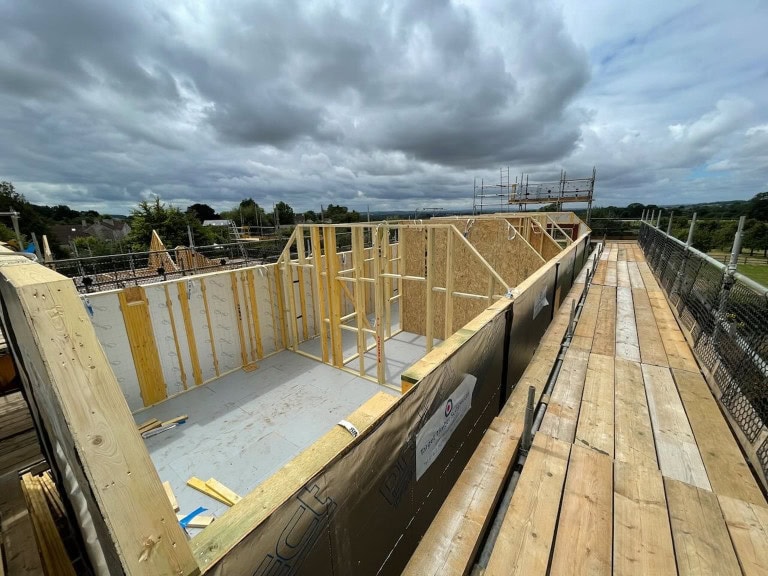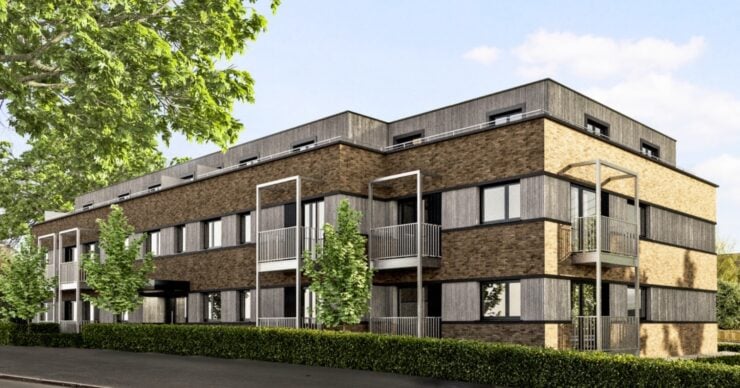
We need a lot of new housing here in the UK. The demand is high and it will no doubt increase in the coming years due to a perfect storm of a growing population, people living longer, and old and decaying housing stock.
With limited urban space and land prices at a premium, innovative property developers are starting to see the huge potential of building on top of existing buildings to create new residential or commercial spaces.
Established apartment blocks or commercial buildings often have significant underutilised load-bearing capacity, allowing developers to add new floors to buildings without affecting the structural integrity.

